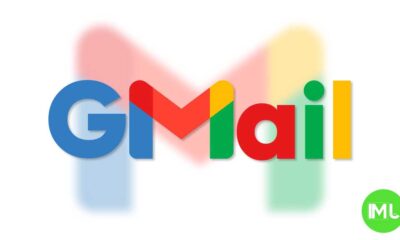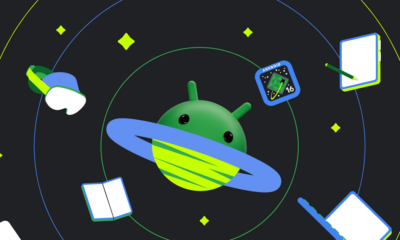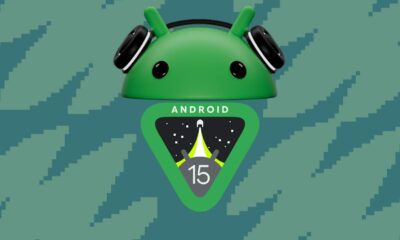The Future of TV and Quick Access Wallets: Google’s Gemini and Android innovations
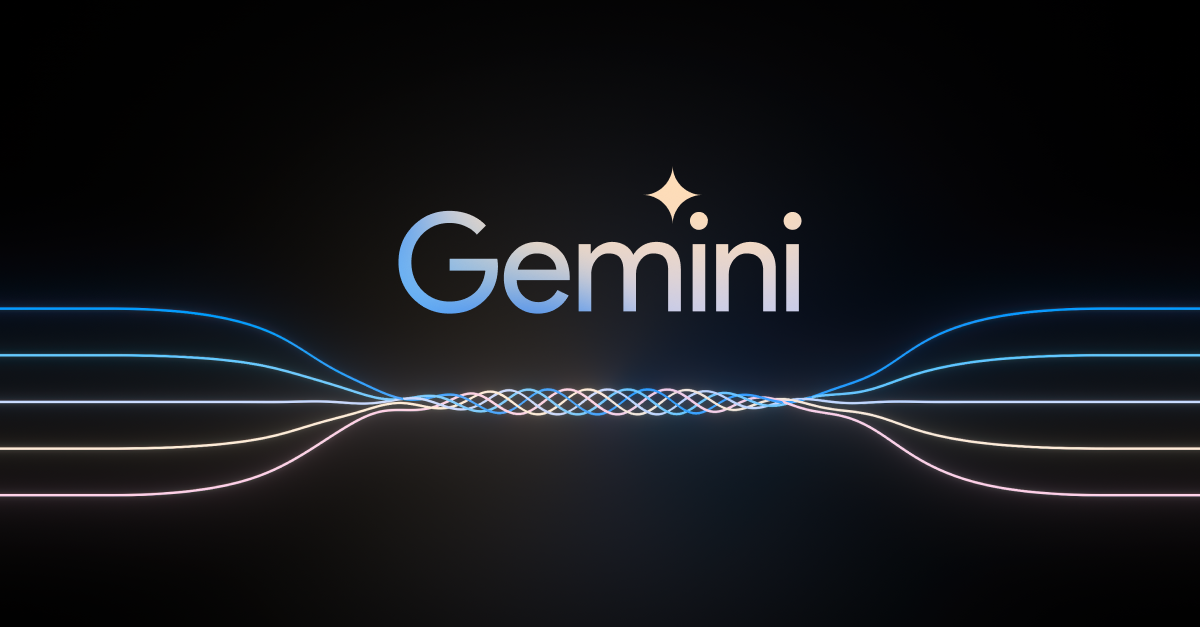
The tech world is abuzz with anticipation for the upcoming Consumer Electronics Show (CES) 2025, and Google has already dropped some exciting news. The company is poised to revolutionize the way we interact with our televisions by bringing its powerful Gemini AI models to Google TV. This move promises a more intuitive and helpful TV experience, seamlessly integrating with the existing Gemini ecosystem on phones, tablets, headphones, and soon, Wear OS smartwatches.
Imagine effortlessly navigating through your vast media library, no more tedious scrolling or complicated searches. With Gemini on Google TV, finding the perfect movie or show becomes as simple as asking a question. But the enhancements go far beyond mere search functionality. Google envisions a future where your TV becomes a hub for knowledge and exploration.
Imagine asking questions about history, science, or current events and receiving comprehensive answers, complete with relevant video clips for added context. This echoes the ongoing testing of the Gemini-powered Google Assistant on Nest Mini and Audio devices, where the large language model (LLM) delivers detailed, AI-driven responses to general knowledge queries. This includes more natural-sounding voices, the ability to ask follow-up questions, and the flexibility to interrupt responses with new inquiries.
The integration of Gemini into Google TV also unlocks a new level of personalization and interactivity. Picture creating custom artwork with your family directly on the TV screen, controlling your smart home devices while the TV is in ambient mode, or even getting a concise overview of the day’s news.
This builds upon previous innovations like AI screensavers and AI-generated summaries for movies and shows, further enhancing the overall viewing experience. While Google has only offered a sneak peek of what Gemini can do for televisions, the rollout is expected to begin later this year on select Google TV devices. This suggests a phased approach, allowing Google to refine the technology and ensure a smooth transition for users.
Beyond the living room, Google is also exploring ways to streamline access to digital wallets on Android devices. A new feature under development suggests a potential shortcut for launching Google Wallet using the double-tap power button gesture.
Currently, many Android phones utilize this gesture for quick access to the camera, a handy feature for capturing spontaneous moments. While some manufacturers allow customization of this gesture, Google Pixel phones have traditionally been limited to the camera function. However, this may soon change.
Deep within the second developer preview of Android 16, a new configuration labeled “config_walletDoubleTapPowerGestureEnabled” has been discovered. This suggests that a double tap of the power button could be configured to launch the default wallet app, which, on Pixel phones, would be Google Wallet.
This builds upon the Android 15 update, which gave users the ability to choose their default wallet app through the settings menu.1 This new gesture would presumably respect this user preference, launching whichever app is designated as the default.
While the discovery of this configuration is intriguing, the exact implementation remains unclear. It’s unknown whether Google will create a new settings menu specifically for this gesture or integrate it into the existing camera shortcut settings. Further exploration of future Android builds will be necessary to uncover the finer details.
Another question mark hangs over the intended target of this feature. While it seems likely to be aimed at phones, there’s a possibility it could be intended for other form factors, such as smartwatches. However, given that many Wear OS smartwatches already use a double-tap power button gesture for wallet access, this seems less likely. The purpose of this configuration remains somewhat ambiguous if intended for wearables.
These developments from Google point towards a future of more intelligent and user-friendly technology. Gemini’s arrival on Google TV promises to transform the way we interact with our televisions, while the potential wallet shortcut on Android devices aims to simplify everyday transactions. As technology continues to evolve, Google is at the forefront, pushing the boundaries of what’s possible and striving to create a more seamless and intuitive user experience.
Gmail and Google Photos get new design and useful updates
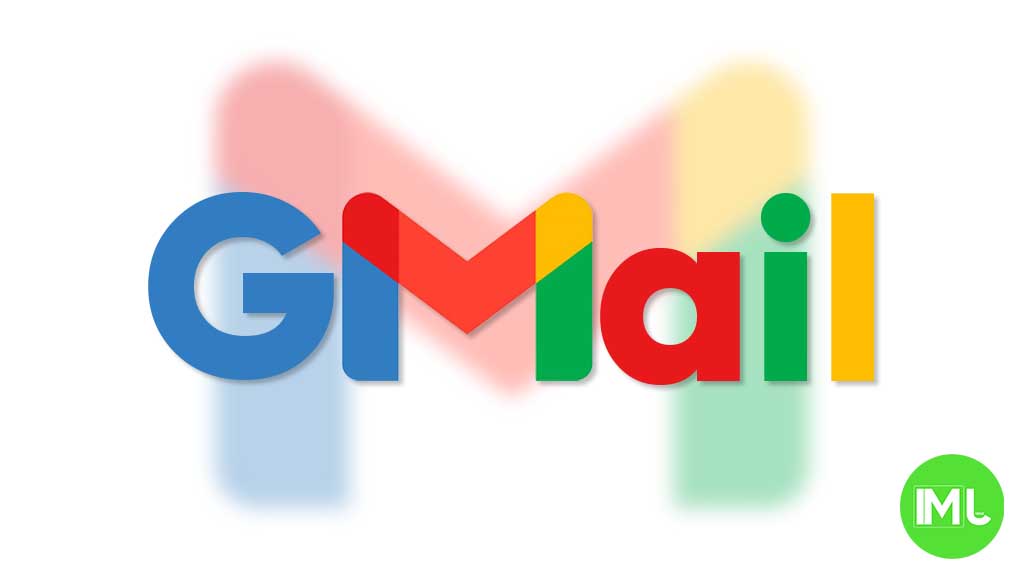
Google is giving Gmail and Google Photos some fresh updates to make things easier and more user-friendly.
First, Gmail on the web is now getting a new layout option. You can choose between “Cozy,” “Comfortable,” or “Compact” views based on how much space you want between your emails. Google is also adding a setting to control whether your inbox and labels stay on screen or only show up when needed. These changes make it easier to personalize how Gmail looks and feels.
Meanwhile, Gmail for iPhone is getting a visual upgrade. The app now uses Google’s updated design style called “Material 3.” You’ll notice a cleaner look with a rounded search bar at the top, smoother icons, and better spacing. Although the bottom bar and buttons look mostly the same, the overall design feels more modern and easier on the eyes.
Lastly, Google Photos is bringing back a helpful feature. The classic search shortcut that appears in the bottom bar is returning, making it quicker to find your photos. Before this, the shortcut had been removed when Google added the new “Memories” tab. Now, both features work together, letting you browse memories and search with ease.
These updates aim to make Google’s apps feel more useful, clean, and easier to use on both desktop and mobile.
Android
Android 16 boosts USB data safety and fixes delayed notifications on Pixel phones
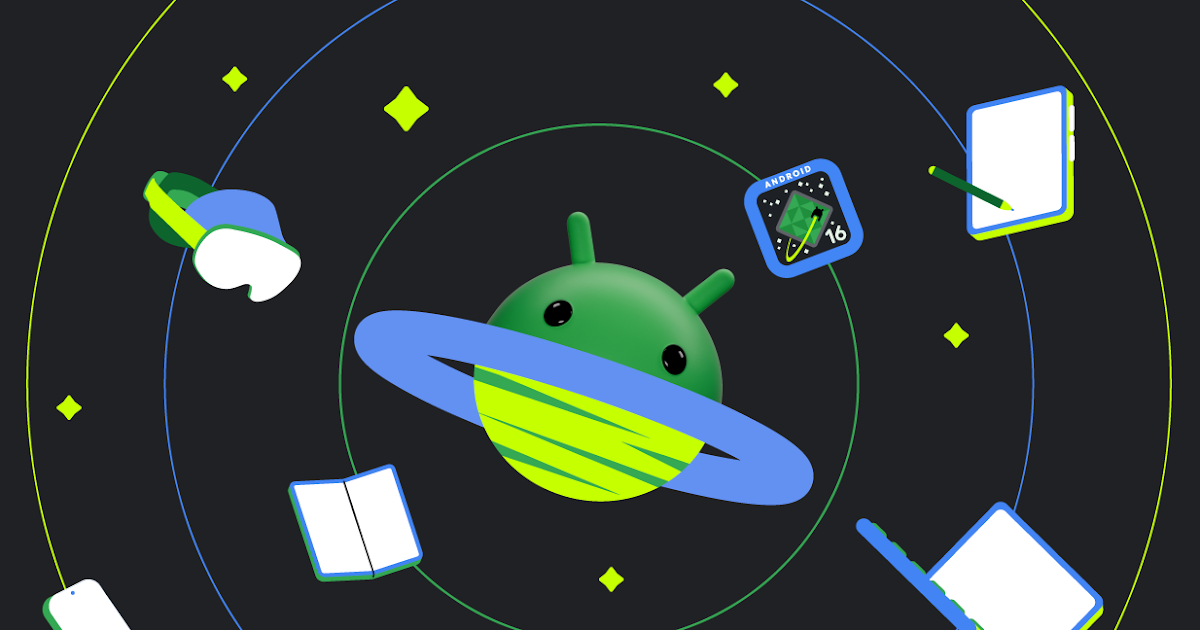
Google’s upcoming Android 16 update is bringing better security and some helpful improvements, especially for Pixel phone users. One of the main features in Android 16 is a new way to protect your phone’s data when it’s connected to a computer through USB. Right now, when you plug your phone into a PC or laptop, it can access all your data as long as you approve it.
With Android 16, Google is adding an extra security layer that only allows limited access unless you enter your PIN, password, or use your fingerprint. This will help protect your files if someone tries to access your phone without permission.
At the same time, Google is also working on a fix for a frustrating issue that some Pixel users have been facing for months — delayed notifications. After the April 2024 update, many users noticed that app alerts were not showing up on time, especially from messaging apps. Google has confirmed the problem and says a fix will be included in a future update, though it’s not in the current April patch yet.
Together, these changes show that Google is focusing on both stronger privacy and a smoother experience for Android and Pixel users. Android 16 is expected to roll out later this year, starting with developer previews.
Android
Google improves Translate, Assistant, TV, and Chrome with new updates
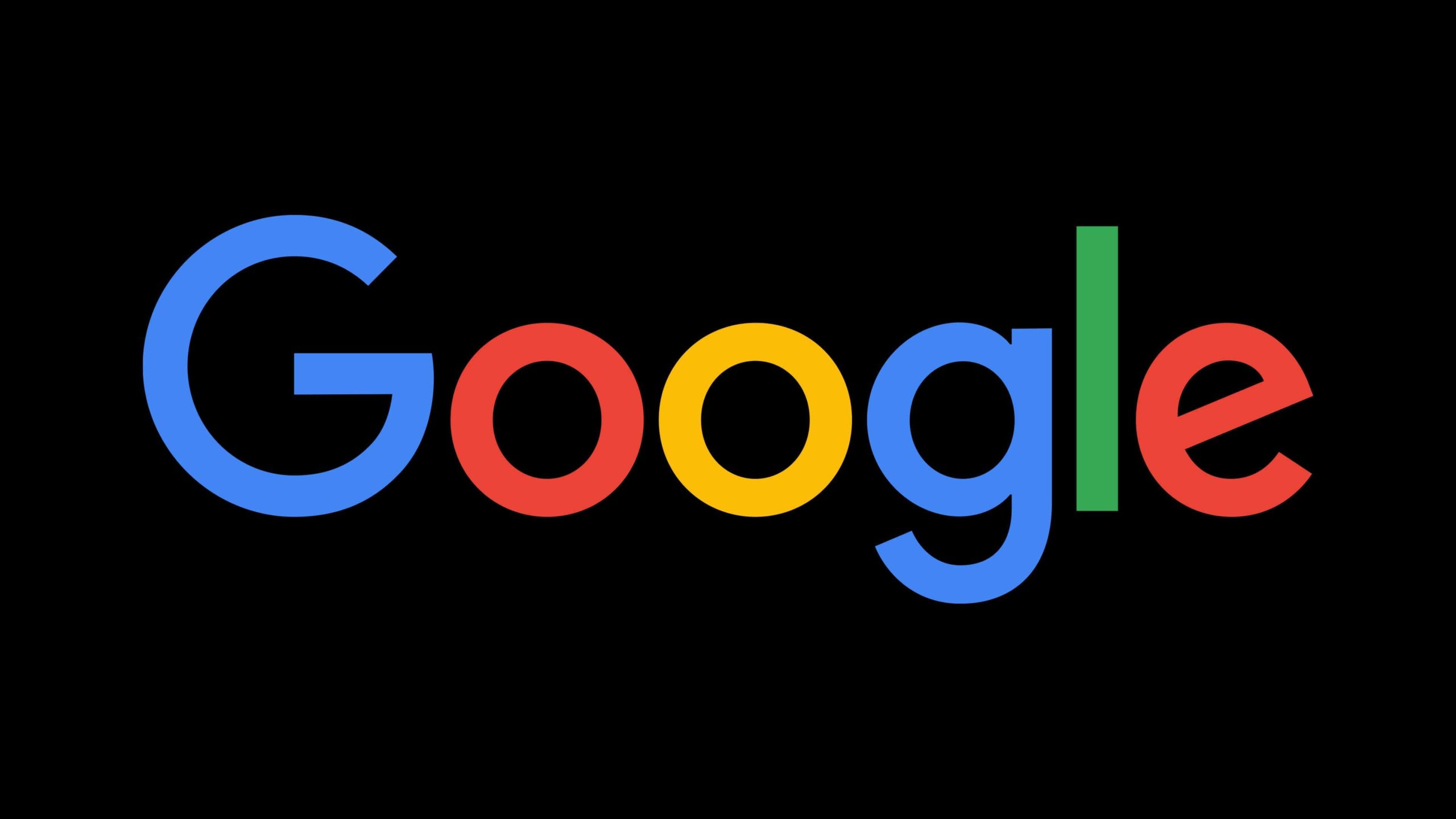
Google is bringing several updates across its apps to make them more useful and easier to use. Google Translate is working on a new feature called “Practice.” It helps users improve their language skills by offering short exercises, like matching words or filling in blanks. Right now, it looks like it will focus on Spanish, but other languages may come later. This tool could be great for people who want to go beyond just translating words and learn the language.
Google Assistant’s Driving Mode in Google Maps is starting to shut down. Many users are noticing that the card-style dashboard is disappearing, and the Assistant voice command shortcut no longer works. Google hasn’t officially said why, but it seems they’re moving away from this feature, possibly to focus on other tools or experiences in Maps.
Google TV’s Freeplay app is now back with a fresh look. It gives users free access to over 100 live TV channels. The redesign makes it easier to browse channels and see what’s playing. The new layout also highlights what’s currently on, making it faster to start watching without having to dig through menus.
Lastly, Google Chrome is testing a new built-in PDF viewer. This upgraded tool makes reading and editing PDFs easier right inside the browser. It includes better zoom controls, a cleaner layout, and a page list view that lets users jump to specific pages more quickly. These updates show Google’s push to improve how we learn, drive, watch TV, and browse the web.
-

 Apps1 year ago
Apps1 year agoGboard Proofread feature will support selected text
-

 News1 year ago
News1 year agoSamsung USA crafting One UI 6.1.1
-

 News1 year ago
News1 year agoBreaking: Samsung Galaxy S22 may get Galaxy AI features
-

 News1 year ago
News1 year agoSamsung Galaxy S23 Ultra with One UI 6.1 and all S24 AI features revealed
-

 News1 year ago
News1 year agoOne UI 6.1 Auracast (Bluetooth LE Audio) feature coming to many Samsung phones
-

 News1 year ago
News1 year agoSatellite SOS feature coming to Google Pixel phones, evidence leaked
-

 Apps11 months ago
Apps11 months agoGoogle’s fancy new Weather app is finally available for more Android phones
-

 News1 year ago
News1 year agoGoogle Pixel evolves as Europe’s third best selling flagship

